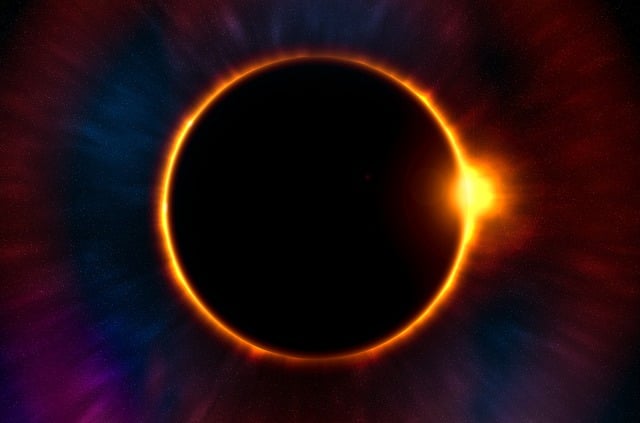The following contains spoilers for 2025’s Superman.
Like Clark Kent himself, James Gunn’s Superman is tasked with juggling more than one identity at once. The David Corenswet-led film is both a reboot and the big-screen introduction to a new DC Universe that will unfold in the coming years across movies and television. While Superman isn’t technically the first official new DCU project —that honor belongs to last winter’s Creature Commandos—the new film is Gunn’s first broad-stroke, mass appeal entry. By all accounts (namely, its Rotten Tomatoes score and our very own review), Gunn has accomplished his primary mission, reimagining Superman for a new era. But how does the movie set up the rest of the DCU?
Smarter Mirroring
These days, it goes without saying that the MCU is much, much larger than any iteration of its DC counterpart. But if we look at the early days of the MCU, say back to Iron Man, we find a mostly self-contained story centered on Tony Stark—until that post-credits Nick Fury cameo. It was entirely missable at the time, and not remotely crucial to the main plot of the film.
When Gunn introduces the Justice Gang in Superman, the characters aren’t just inserted in gimmicky, obvious ways. Instead, they’re integrated into the story in a naturalistic way, often in service of revealing something about Superman to the audience. Guy Gardner (Nathan Fillion), Hawkgirl (Isabel Merced), and Mr. Terrific (Edi Gathegi) are content to kill a giant kaiju, whereas Supes wants to save it. Peacemaker (John Cena) is posited as the hero’s polar opposite—his bloody, peace-at-any-cost approach couldn’t be further away from how this new Man of Steel operates. Even Superman’s cousin Supergirl (Milly Alcock), who shows up at the very end, carries herself with a harder edge than our hero. Each contrast is intentional, amplifying the Man of Steel’s identity while also showing the DCU is more expansive than just this one guy. It’s a very different approach.

No Wasted Characters
Plenty of times, post-credits sequences tease future plots that aren’t anywhere close to actually being produced. Marvel and Sony are particularly guilty of this. Remember how Thor: Love & Thunder introduced Brett Goldstein’s Hercules? Or how Eternals brought in Harry Styles as Starfox? Those guys have had no major role in the MCU since their introductions.
By including characters like these as major players in the movie’s plot, Gunn is communicating to the audience that they all matter and will likely have critical roles to come. And it’s already in the cards. Members of the Justice Gang will show up in Peacemaker Season 2 when it releases on HBO Max in late August, and Supergirl will see her own movie release next year. There’s already an intentionality and focus on introducing characters with a clear runway, giving audiences a head start in connecting with them.
Pre-Baked History
Gunn smartly frontloads the film with a bit of explicit world-building, introducing a Star Wars-like crawl that quickly lays out the new “rules” of this universe. This opening crawl establishes that superpowered beings have existed in this world for at least three centuries. That timeline means heroes like Wonder Woman and mythic figures like Swamp Thing existed long before Superman’s arrival on Earth. It’s the same for some of the monstrous creatures from Commandos; characters like The Bride and Frankenstein have existed since the 1800s.
Some of that history is subtle in its approach. When Lois (Rachel Brosnahan) visits the Justice Gang at the Hall of Justice, there’s a painting on the wall depicting members of the Justice Society of America (JSA), including the character Wildcat. Comic book fans know the JSA operated back in the 1940s and 1950s as the first super team, and recognize it as confirmation that the team is canon in this reality. While the movie never explicitly references it or draws a lot of attention towards it, it is a nice nod to this long legacy of heroes. But if you didn’t pick up on that, well, there’s plenty of other historical bits scattered throughout the DCU so far that hint at a lived-in universe of characters.

–
With the popularity of the Marvel Cinematic Universe, there’s a greater understanding today of how these kinds of things can operate narratively. Across Creature Commandos and Superman, Gunn’s approach to worldbuilding has been to go bigger and bolder, trusting the audience to keep up, and following through on what he promises. What’s most interesting is how he leans into—or subverts—what came before.

William Goodman is a freelancer writer, focused on all things pop culture, tech, gadgets, and style. He’s based in Washington, DC and his work can also be found at Robb Report, Complex, and GQ. He’s yet to meet a jacket or cardigan he didn’t love. In his free time, he’s probably on Twitter (@goodmanw) or at the movies.



